3D Printing Projects for Schools: Tips for Teachers
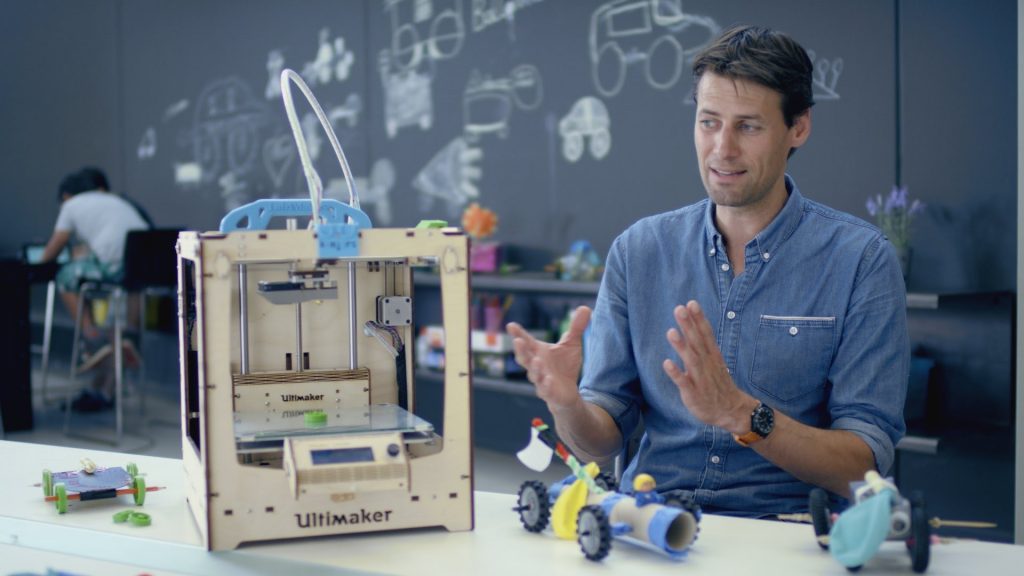
The rise of 3D printing, also called additive manufacturing (AM), is no longer the stuff of science fiction. Nor is it the reserved right of inventors or tech-heads in society. This is thanks to the improvements in 3D printing technology and its falling costs. In other words, this amazing technology is now accessible to everyone. It’s not only fun to work with—it’s also useful, educational, innovative, and progressive. For learning purposes, you can design all kinds of interesting objects, from toys to unique practical items for use in homes and schools.
Who Is this Guide For?
This guide is a no-nonsense introduction into 3D printing and printing projects for schools. It’s for teachers who want to know more about 3D printing and how to integrate it into lesson plans. It’s important for educational purposes because the technology is about to change the world as we know it. No school should fall behind in this groundbreaking, fast-advancing science. It’s true that an American engineer called Charles (Chuck) Hull introduced the first 3D printer way back in the late 1980s. Despite this, the technology is only now coming of age. This is due a lot of recent discoveries in newer, more groundbreaking benefits of 3D printing. And according to the world’s most innovative scientists, there’s still an exciting road ahead.
By the end of this guide, you will have a good basic understanding on 3D technology and why it’s so important. You will have access to sites and resources that can help you to better plan your lessons. Once you know what a 3D file (model) is exactly, and how to create and print one, you can then pass this knowledge on to your students.
There are two ways to get these computer-generated files into the classroom:
- Download them straight from the internet
- Design your own (more on this later)
Teachers will discover how to make classes more fun and interactive. This is possible by incorporating 3D printing or 3D printed objects into the class. For more advanced lessons, there’s always 3D scanning. Scanning is an exciting process used to reverse engineer a physical object. Only the imagination can limit how this technology fits in to the classroom experience.
A Quick Introduction to 3D Printing
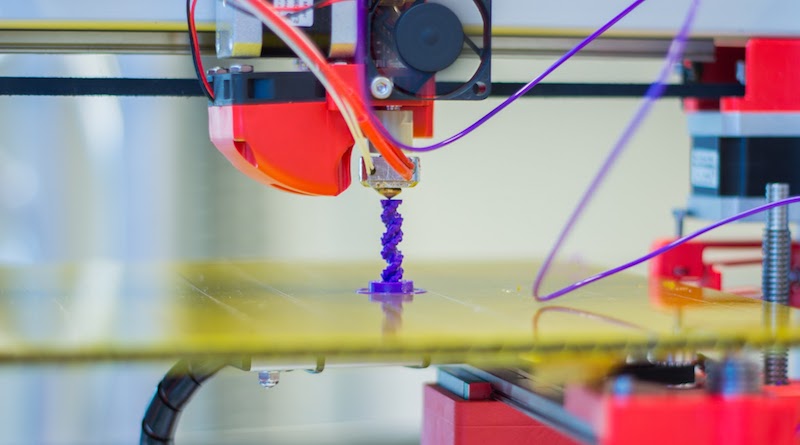
The start of the 3D printing process is similar to 2D printing (think copiers and printed text documents, etc). You can print from a computer and also use web-to-print processes with either technology. Both methods need a digital file for print instructions. Unlike 3D printing, the 2D process uses different print materials, namely inks and toners. A conventional 2D printer shoots tiny amounts of its material onto a precise location to form a single layer. That’s where the similarity ends.
3D printing differs from 2D in the following ways: it uses a different type of digital file format for its instructions. This is what we call the 3D digital model. Unlike 2D printing, the 3D process creates physical, three-dimensional objects. It does this by putting down as many thin layers of a material as is necessary to build the end piece. In science, a 3D object is anything that has height, width, and depth to it. To put that another way, it’s any item that exists in the real world. It could be a book, your phone, a coffee mug, or a musical instrument, as a few examples.
Materials used in 3D printing
Three-dimensional printing uses special printing materials. The printer heats these materials to a semi liquid state so that the nozzle can extrude them onto the surface. They have to set hard fast so that they’re solid by the time the next print cycle comes around to add a new layer. There are all kinds of materials used in 3D printing, depending on the creation. There are also lots of newer materials that scientists are currently experimenting with.
The three types of materials used in schools and homes will include:
- Plastics: typically nylon, or polyamide
- Metals: most common are cobalt derivatives and aluminum
- Ceramics: various
Summing Up 3D Printing: In its most simple form then, 3D printing is a process where you use a three-dimensional digital model (computer-generated file), to make a real physical object. The printer does this by reading your 3D model to add precise layers of the chosen material until the object forms.
Why Three-Dimensional Printing Is Important
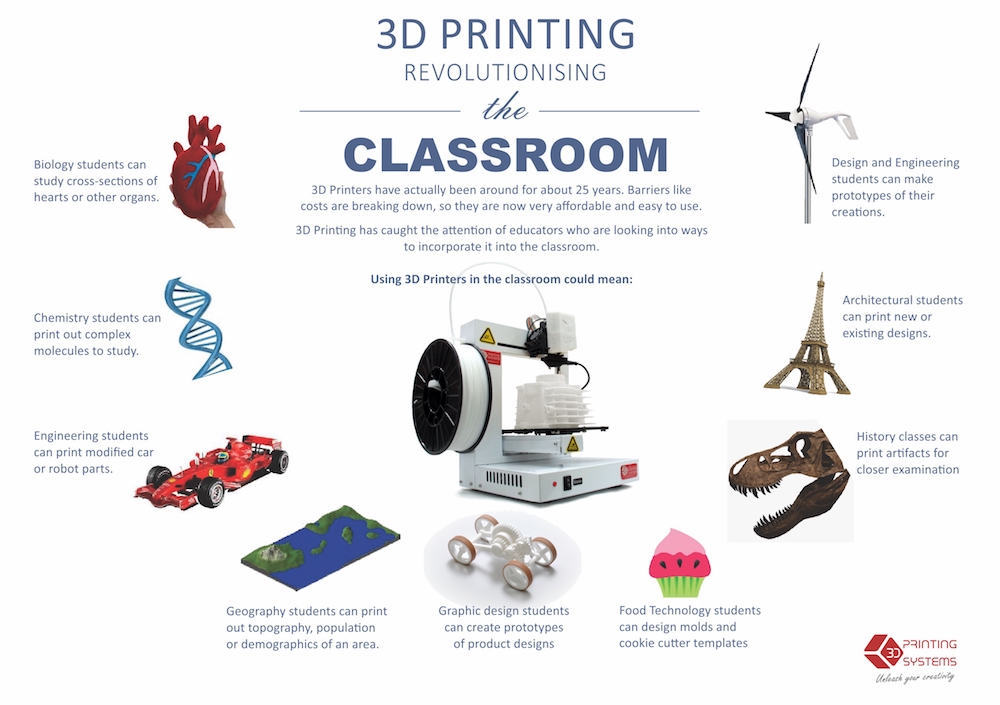
3D printing is a technology that’s proving useful—invaluable even—to many industries. Some of these include practical applications in medical, aerospace, energy, and military fields. Anyone can learn how to print with a 3D printer, but there’s so much more to it than pressing the ‘PRINT’ button on a computer. In fact, it’s going to revolutionize education by teaching and training students to become familiar with all its remarkable applications and future potential.
There’s already an increase in well-paid technology jobs worldwide. The more students learn about new technologies, the better placed they’ll be able to compete. According to the Bureau of Labor Statistics, jobs in computer-related areas will grow somewhere in the neighborhood of 12% within the next decade. To put that into some perspective, this will add almost half a million new jobs on top of current vacancies. There will be openings for complex 3D modeling, exploration of new applications, and research into using new materials. This will include things like conductive ink, nickel alloys, carbon fiber, and biological substances to name a few.
Here are a few ways that 3D printing projects are currently benefiting schools and learners:
- It provides teachers with 3-dimensional visual aids to illustrate difficult concepts
- It makes it easier for teachers to seize the interest of their students
- It creates a more productive, interactive, and interesting learning experience overall
- It enhances hands-on learning by doing rather than just reading
- Students get to design and produce their own 3-dimensional models
- It’s useful for careers such as engineering, architecture, medicine and multi-media arts
- 3D printed body parts can help better understand biology classes
The list could go on, but you get the idea.
OK, that’s the introduction on 3D printing technology and why it’s important for young learners. The next section presents you with some ideas on how to create a lesson plan for teaching the basics of 3D printing. If your school doesn’t have a 3D printer yet, don’t let that put you off. See the end of this guide for more on 3D printing without a printer.
The Concept of a 3D Printer Lesson Plan
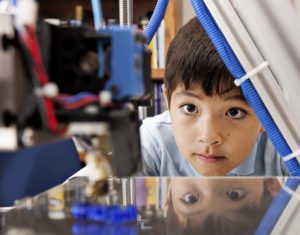
Your 3D lesson plans can be as simple or as complex as you choose. Only you can know the level of your students and their current ability. The basics of any lesson plan might look something like the model below. Feel free to modify it in any way you like:
- Step 1: Students design a 3D object or download a 3D model from the internet
- Step 2: They measure the dimensions of their model on screen
- Step 3: Once happy with step 2, they print their 3D model to scale on paper
- Step 4: Students print the 3D object using a 3D printer
This is the barebones of any lesson plan once you’ve introduced the concepts of 3D printing. What you decide will depend on the age level and ability of your class. The point is to keep new plans simple for new learners, and then adapt them as you go along if need be. As students, at any level, get to see their designs come to life, yours will be one of their favorite classes. You can view a sample of how your 3D lesson plan might look at the end of this file.
The 3D Digital Model
No one can print anything until they have their 3D model (computer generated file). For students to get a full grasp of 3D printing they should first become familiar with the digital file format. Remember, you have two choices when it comes to the 3D model: the free download or design from scratch.
The Free Digital Downloads
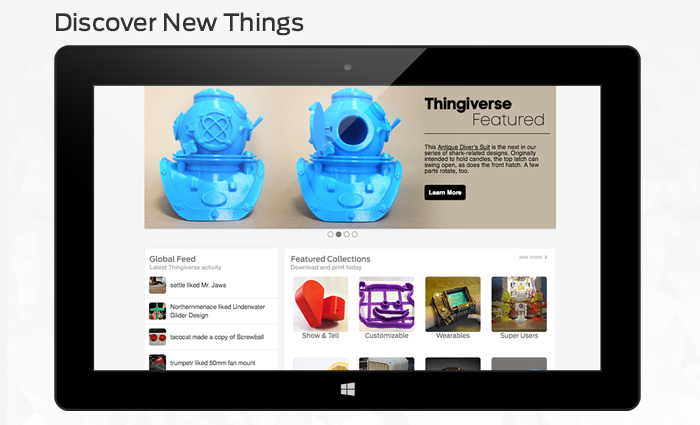
As pointed out earlier, students can design their own 3D models or download something from the internet. If the class is totally green, you may want to start with free files if you have a 3D printer in the school. The choice is yours. There are plenty of websites out there that offer free file downloads. Do a search on Google and bookmark a few sites that provide what you need. Two good ones to get you started are Grabcad and Thingiverse, but there are plenty of others.
Designing the 3D Model
Students may be keen to create their own 3D models. It may sound technical, but the process is a lot easier to grasp than it seems. This is all thanks to the free, online browser-based 3D design programs. As the teacher, you will obviously want to familiarize yourself with these tools before you introduce them to your class. One of the most popular at the time of writing is a browser-based, 3D design and modeling site called Tinkercad.

Tinkercad are the best people to explain their features, so we won’t go into any great detail here. Their slogan is: “An Easy-To-Use 3D CAD Design-Tool for EVERYONE,” and that’s exactly what it is. The site also has some great tutorials and how-to videos on ways to get started. There’s even a ‘TEACH’ section on the site specifically to help tutors plan their lessons. You can find other 3D design programs online, though Tinkercad is a great choice for schools. Before you know it, your class will be creating their very own 3D-printed solid objects. They’ll find that pretty cool—at any age.
Point to note: Before students can send their 3D digital model to the 3D printer, their file needs slicing. Make sure you’re familiar with this and be sure to add it into the lesson plan. If you have trouble explaining this process verbally, point the students to the Tinkercad easy-to-follow tutorials. You can find these vids on the Tinkercad website and on YouTube, so have the links ready. The presenters demonstrate slicing in a fun and entertaining way that the learner can easily grasp.
The Lesson Plan – Getting Started
This is a general guide for beginner’s level, but does not focus on any particular age group. Therefore, it’s not appropriate to give specific lesson plans. What we will do, though, is provide you with a broad template. You can add to, delete, or modify this template in any way you want. Remember to keep things simple. Do this, and you’ll have a fun class that won’t want to leave after the bell sounds.
3D Modeling and Printing Basics for Schools
Here’s our lesson plan template for students who have no—or limited—3D design and print experience:

WHO IS THIS LESSON FOR?
This lesson is for students who have little or no previous experience with 3D design technologies. Introduce the web-based 3D design software, Tinkercad. Explain to the class they are to create their own 3D objects which they can later send to the 3D printer. Teacher must also be familiar with Tinkercad, the 3D printing process, and the model of 3D printer used in the class.
Tip: If your school doesn’t have its own 3D printer, then find someone or some outfit in your local community that does. Students can also send their finished designs to websites that provide a 3D printing service. 3D Hubs and Make-XYZ are two examples. However, this can be time consuming and costly. It’s better to find a local printer, and print the top few designs from the class.
Change any of the above section to meet your own criteria.
LEARNING OBJECTIVES
By the end of the lesson, students will have a good grasp on the following:
- The basics of how 3D printers work and the limitations of 3D technology
- Know how to work with, and manipulate, simple shapes using Tinkercad
- Figure out how to upload 3D models to printer and successful print objects
Materials and Resources
- Laptops and reliable internet access
- Tinkercad accounts for each student or group of students
Note: Having a 3D printer in class is preferable but not essential (see above). If you do have a printer in the classroom, make sure you have all the accompanying parts so that the lesson runs smoothly.
Printer parts will typically include:
- Something to cut filament
- Special painters tape
- Power cord long enough to position the printer
- A backup filament just in case
- A tool to scrape prints off from the build plate
- Computer mouse (it’s quicker and easier to manipulate 3D space)
- A projector and good sized screen.
Estimated Budget for Class:
$0:00 add your estimated costs here.
Room Setup (Example):
- Set out the number of notebooks needed (all facing the teacher)
- Ensure all notebooks are fully-charged or close to power outlets
- Have all project cards printed before the start of class
- Make sure there are multiple Tinkercad accounts setup for the session
- Have all Tinkercad login details to hand
- Delete any old models in Tinkercad that are finished with
Program Outline
How you plan ahead is down to your teaching style and the time you have. Don’t try and rush the class, especially if it’s your first time and a new group. You can adjust the program outline once you become more familiar with your basic lesson plan. Remember too, the time it takes to learn will vary, contingent on the age of your students and their technical knowhow.
The core program outline is for you to fill in as you go along. It’s impossible to know what this looks like until your class is operating, but you can certainly get a good basic outline down. The most important thing here is to keep the students entertained, the lesson fun, and simple in its approach. You might want to spread the teaching over two classes rather than cram it into a single lesson.
Other things you may want to note in this section may include:
The Printer
- If you’re using one, have the 3D printer setup before class begins
- Prepare to introduce the 3D printer and take any questions
- Allow students hands on experience using the printer
Tinkercad
- Introduce the Tinkercad workspace and point students to relevant tutorials and videos
- Encourage students to make good sized objects but scale them down before printing
- Allow them to create any everyday object they want that is not overly complex
The above items are notes to consider as you prepare your lesson. The first plan you make will probably look very different from future plans. The main point is to get something down and modify things as you progress.
Teacher’s Notes
Good preparation is essential for a successful outcome. Or as Benjamin Franklin once said: “By failing to prepare, you are preparing to fail.” Familiarize yourself with everything you need to know about the Tinkercad 3D design and modeling tool. The same rule applies for the 3D printer.
